The Lumiere Brothers Center for Photography is presenting to the Russian public, for the first time, the work of the outstanding American architectural photographer of the 20th century—Ezra Stoller.
The Guggenheim Museum, the former Whitney Museum of American Art building, Manhattan skyscrapers, the TWA Terminal at Kennedy International Airport, the famous Fallingwater house, the iconic building of the 20th century—the Ronchamp Chapel and many other architectural landmarks of the modernist era captured by one of the most influential architectural photographers will be presented at the Center for Photography at the Red October.
Works for the exhibition in Moscow were specially selected from Ezra Stoller’s archive. The display includes black and white photographs of public buildings, offices and private homes from the very beginning of his career in the late 1930s to the 1970s.
For many years, Stoller worked with the pioneers of modern American architecture and the most famous representatives of Modernism, including Frank Lloyd Wright, Ludwig Mies van der Rohe, Louis Kahn, Le Corbusier, Paul Rudolph and Marcel Breuer.
Stollerized—was the name that architects gave to the architecture photographed by Ezra.
After initially studying architecture and graduating from New York University with a degree in Industrial Design, Stoller began his career by taking photographs of the architectural models of his fellow students. Quite quickly, he realized that he had a much stronger feeling for photography than for architecture, and he therefore made the choice to work in two dimensions rather than three.
Stoller often worked on assignments for magazines, architectural companies, manufacturers and large corporations. His photographs, published in magazines such as Architectural Record, Architectural Forum, Fortune and House Beautiful, made a strong contribution to promoting the new movement.
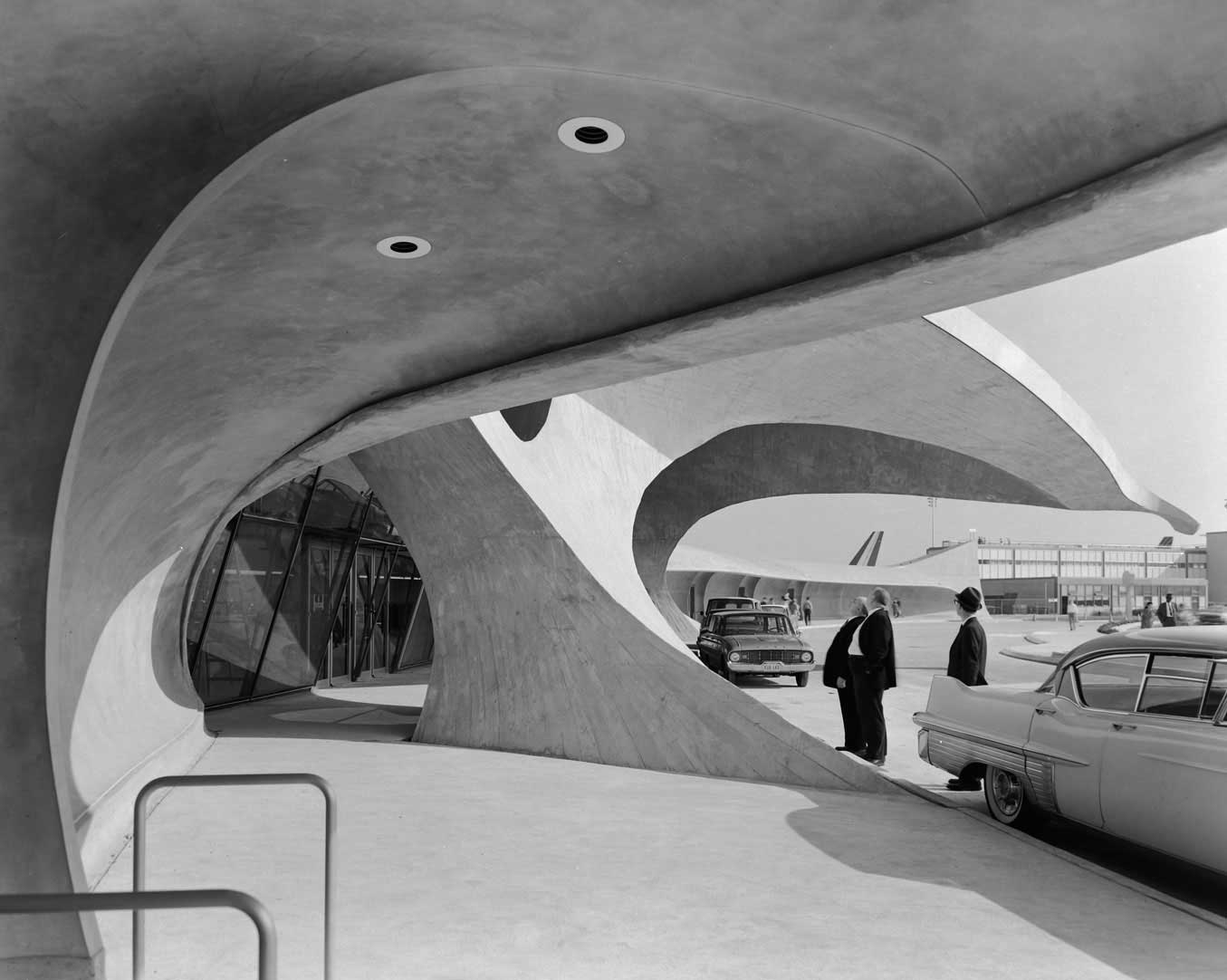
TWA Terminal at Idlewild (now JFK) Airport. Eero Saarinen. New York, NY, 1962
© Ezra Stoller, Courtesy Yossi Milo Gallery, New York
According to the Pulitzer Prize Winner, American architecture critic and writer for The New Yorker, Paul Goldberger: “[Stoller’s photos] are surely among the most reproduced, and they have in and of themselves played a major role in shaping the public’s perceptions of what modern architecture is all about”.
Although Stoller positioned himself as a commercial photographer, the artistic qualities of his photographs are beyond doubt and make him an influential figure in the history of architectural photography. In 1950, his works became a part of the exhibition Color Photography curated by Edward Steichen, the legendary Director of MoMA’s Department of Photography in New York. This exhibition also presented works by Ansel Adams, Richard Avedon, Henri Cartier-Bresson, Robert Capa and Erwin Blumenfeld.
Ezra Stoller was the first photographer to receive the American Institute of Architects Gold Medal in 1961, with the wording “the chief enabler of our experiences of Modern architecture”.
His photographs are in the collections of major museums in the USA, such as the Museum of Modern Art (MoMA), the Whitney Museum of American Art in New York, the Museum of Fine Arts (Houston) and the San Francisco Museum of Modern Art.
The Center for Photography is including an extensive educational program within the exhibition: lectures, discussions, movie screenings and scheduled curatorial excursions.
The project is supported by the Shchusev State Museum of Architecture. Guest architect of the exhibition: Julia Napolova, P.S. Culture.
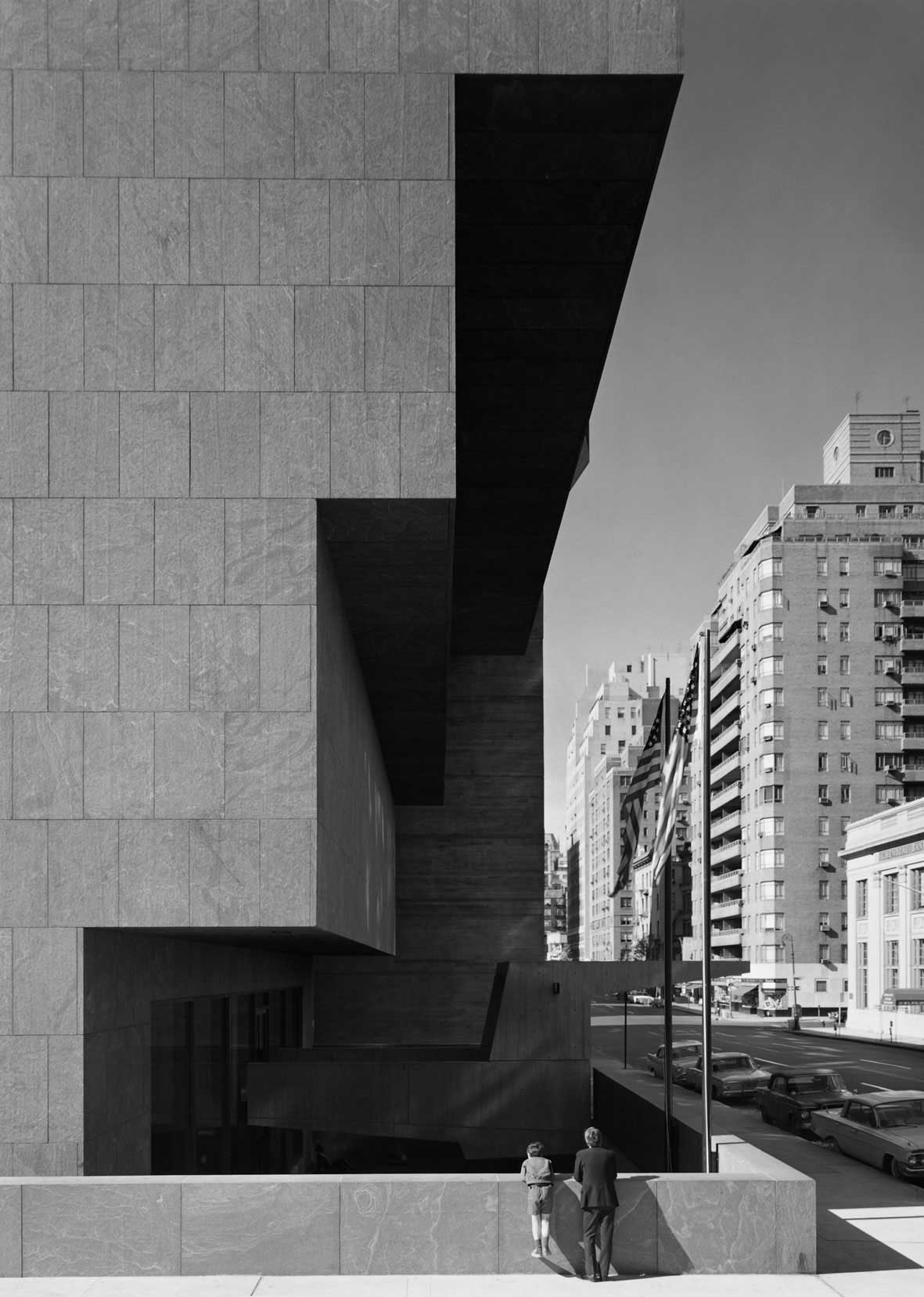
Whitney Museum. Marcel Breuer. New York, NY, 1966
© Ezra Stoller, Courtesy Yossi Milo Gallery, New York
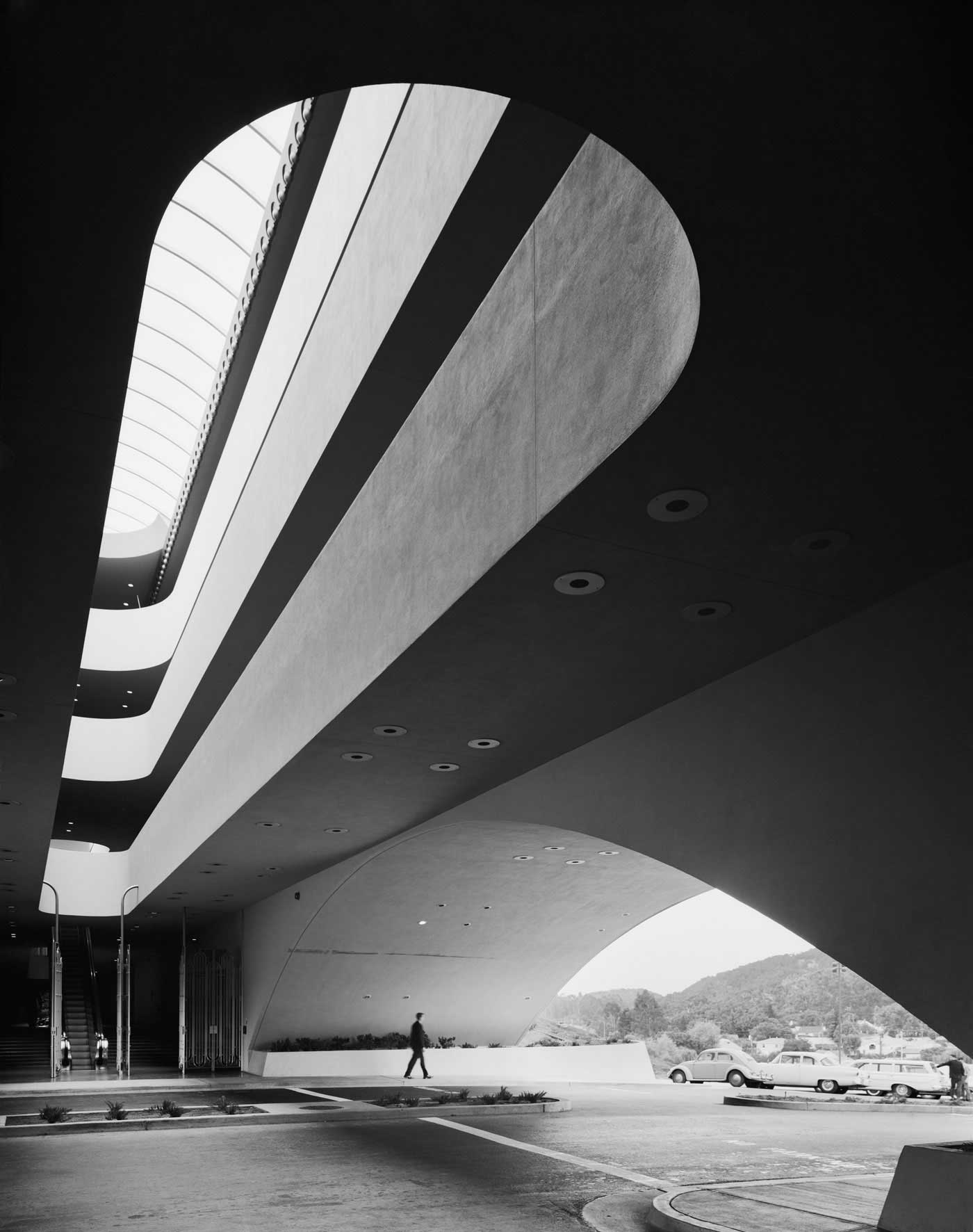
Marin County Civic Center. Frank Lloyd Wright. San Rafael, CA, 1963
© Ezra Stoller, Courtesy Yossi Milo Gallery, New York
The Lumiere Brothers Center for Photography
September 20 – December 02, 2018
Moscu
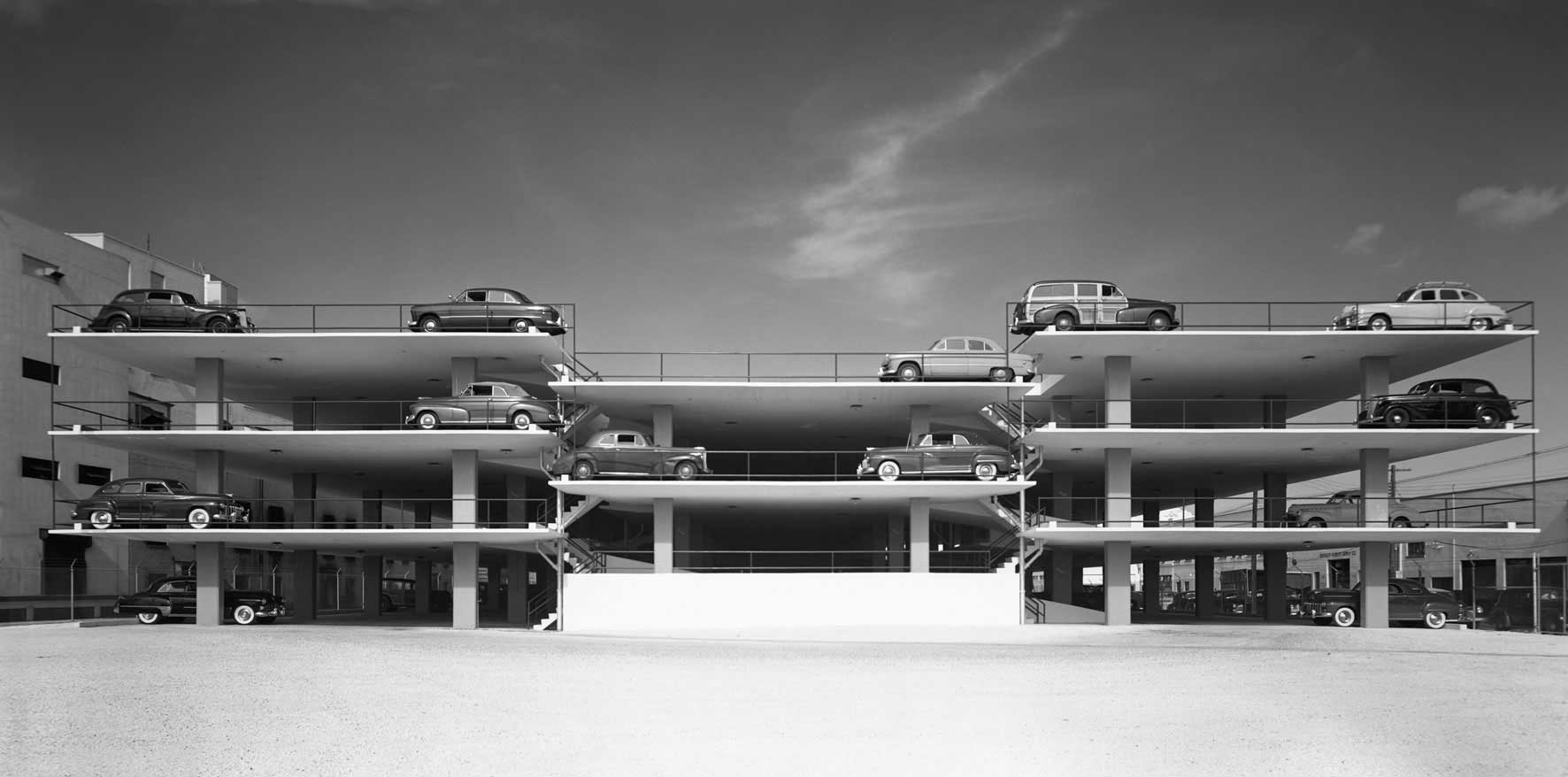
Miami Parking Garage. Robert Law Weed and Associates. Miami, FL, 1949
© Ezra Stoller, Courtesy Yossi Milo Gallery, New York
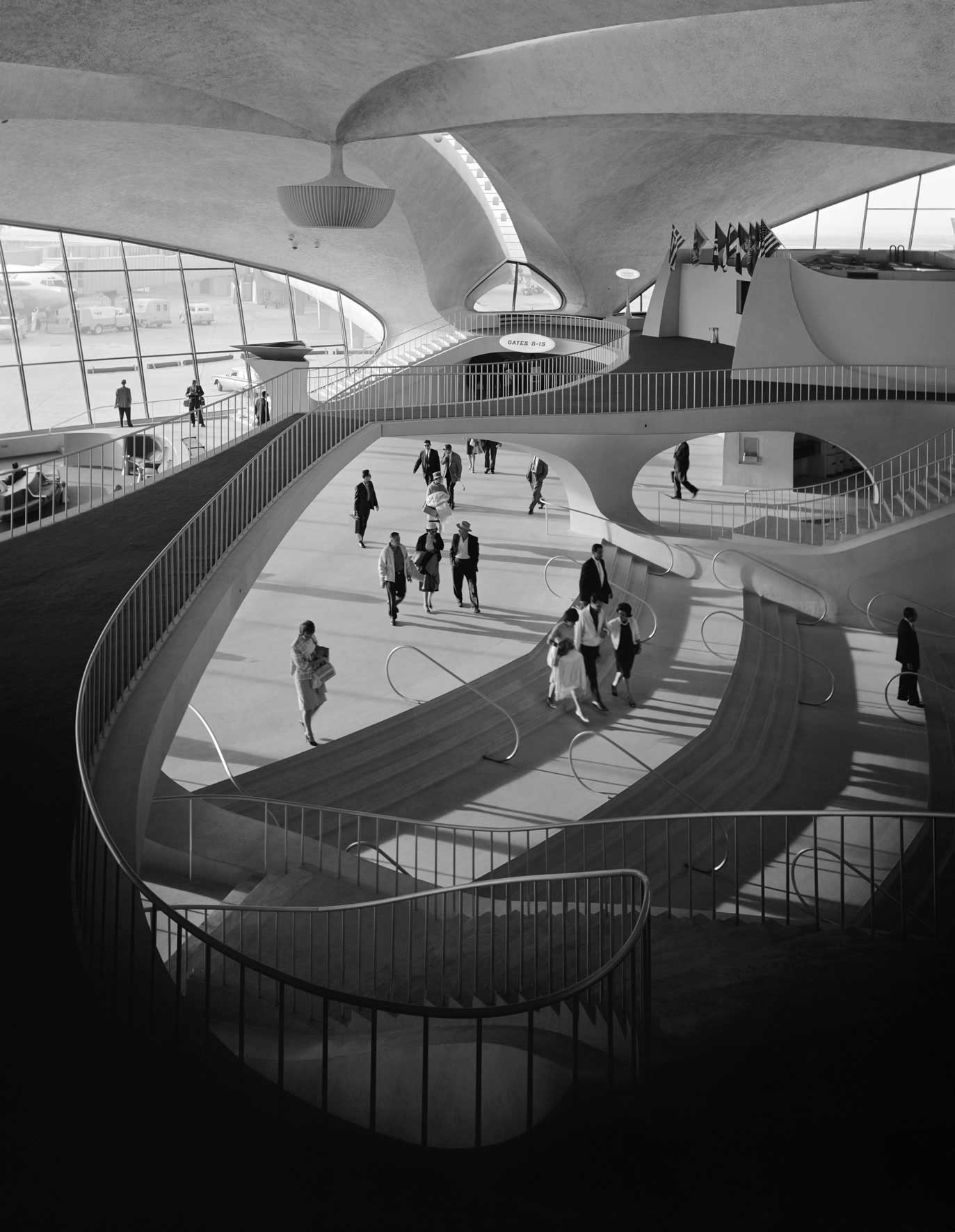
TWA Terminal at Idlewild (now JFK) Airport. Eero Saarinen. New York, NY, 1962
© Ezra Stoller, Courtesy Yossi Milo Gallery, New York
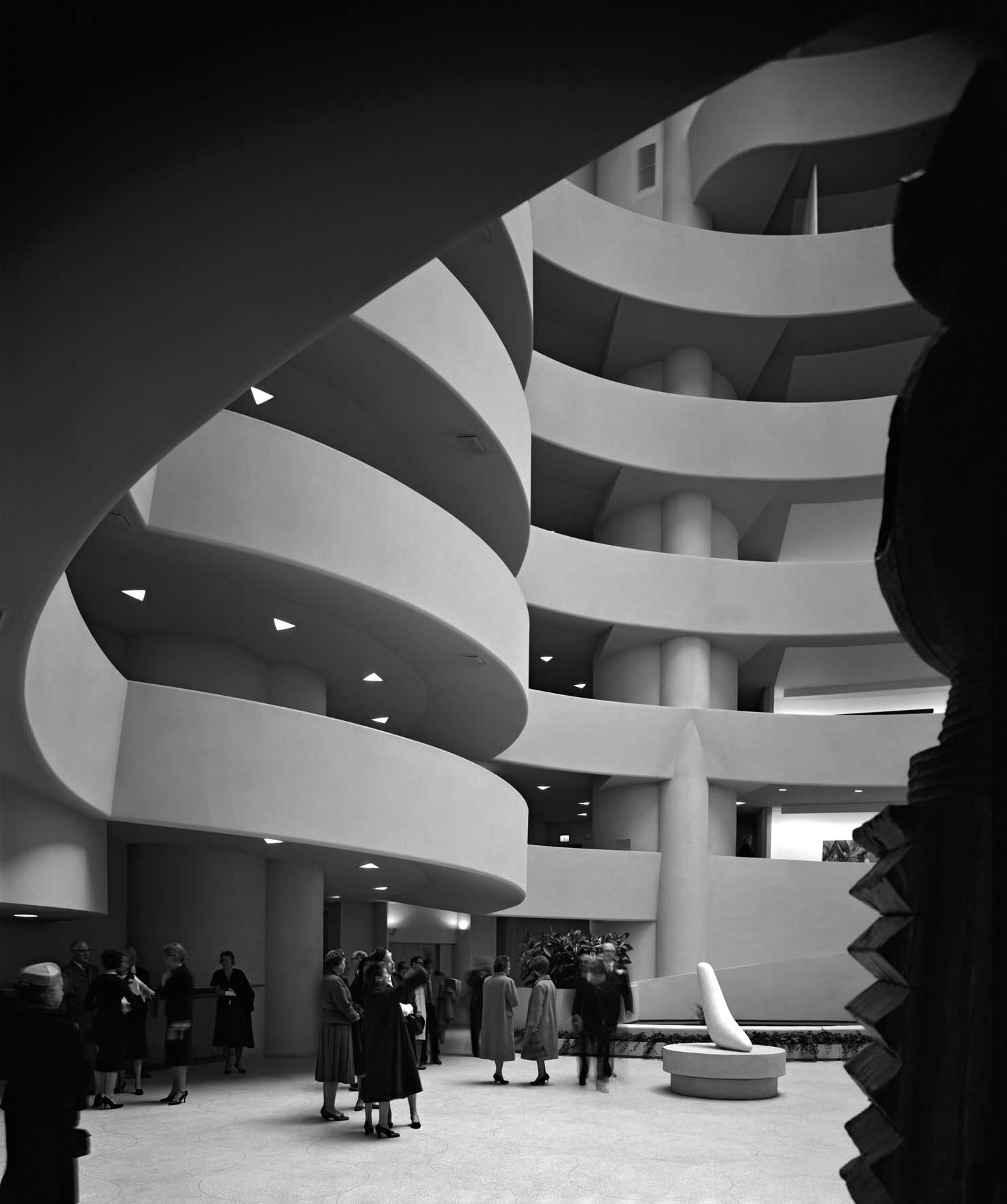
Guggenheim Museum. Frank Lloyd Wright. New York, NY, 1959
© Ezra Stoller, Courtesy Yossi Milo Gallery, New York
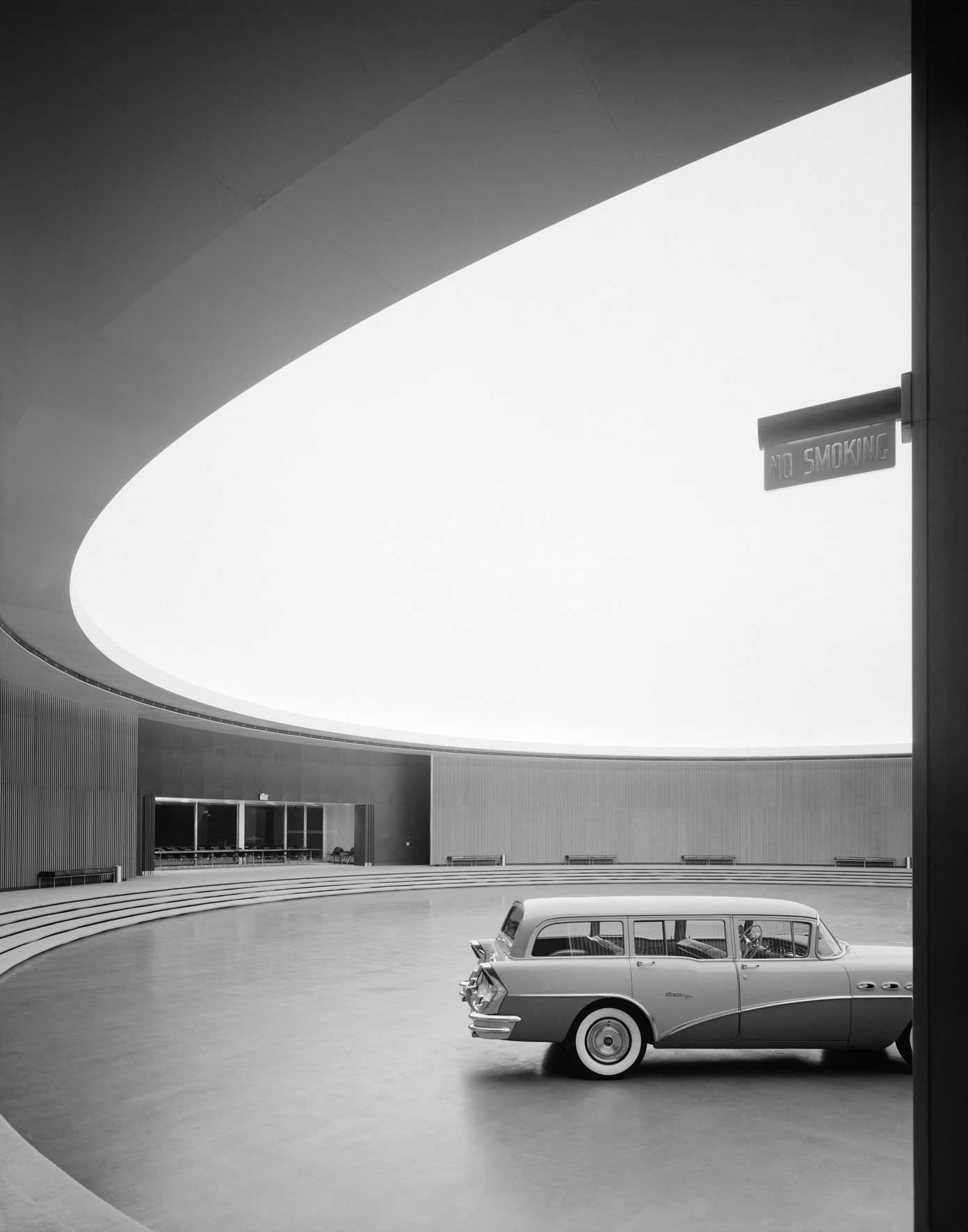
General Motors Technical Center. Eero Saarinen. Warren, MI, 1950
© Ezra Stoller, Courtesy Yossi Milo Gallery, New York
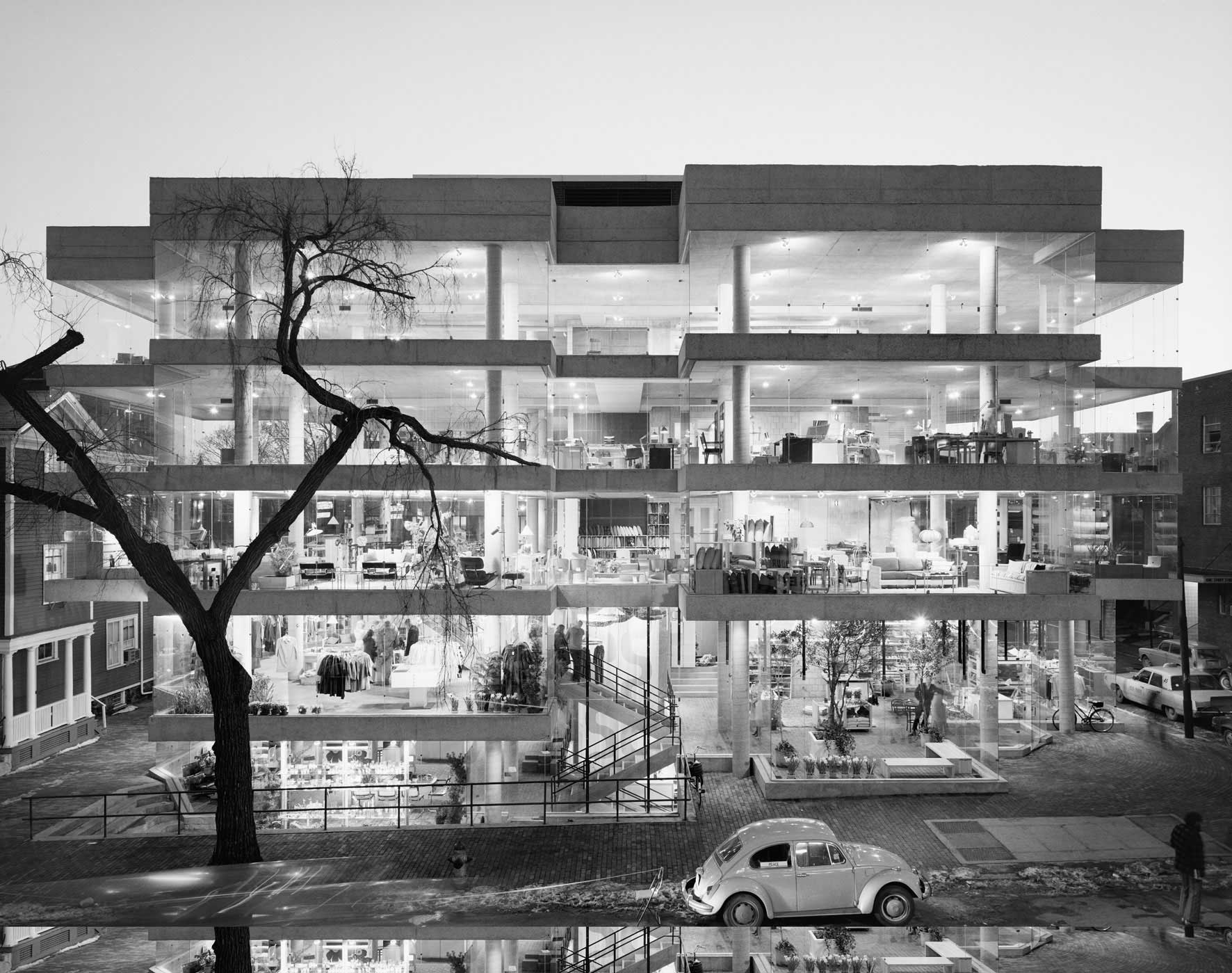
Design Research. Benjamin Thompson. Cambridge, MA, 1970
© Ezra Stoller, Courtesy Yossi Milo Gallery, New York
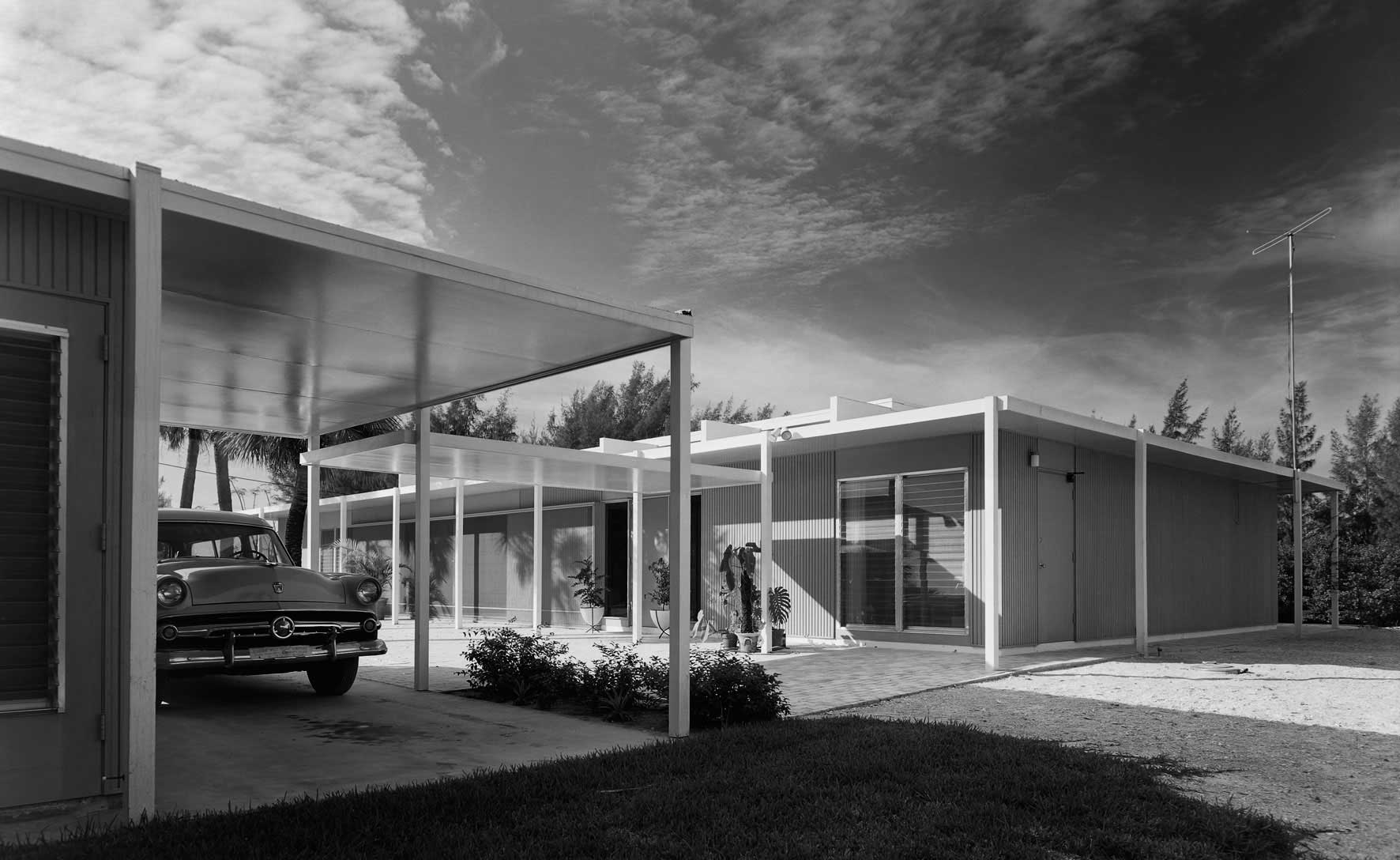
Cohen House. Paul Rudolph. Siesta Key, FL, 1955
© Ezra Stoller, Courtesy Yossi Milo Gallery, New York






